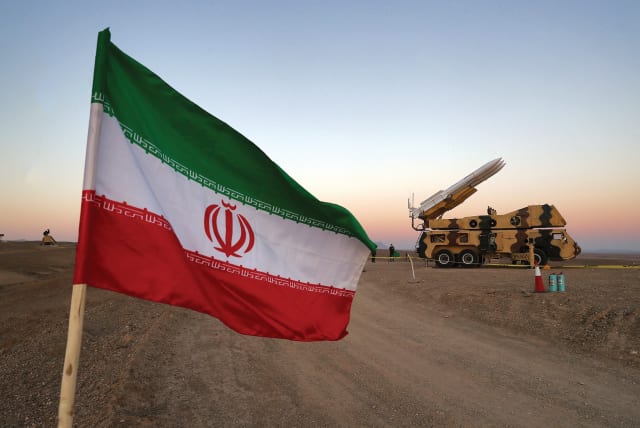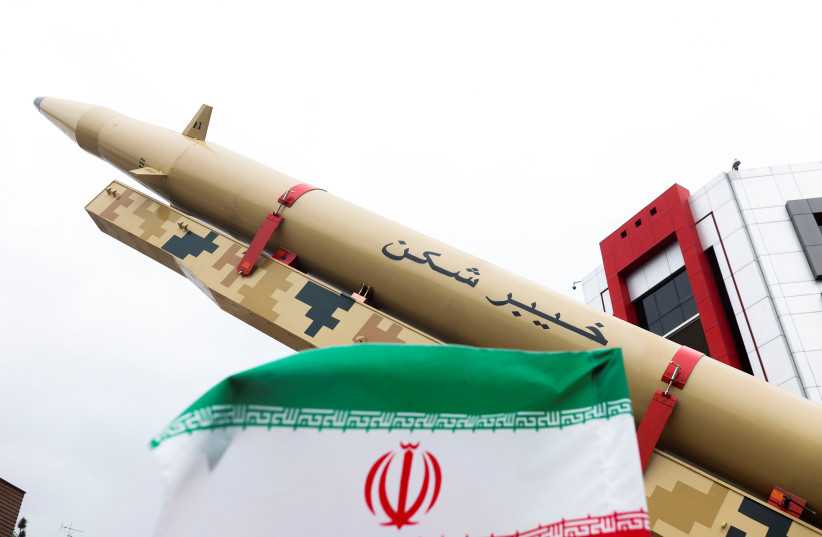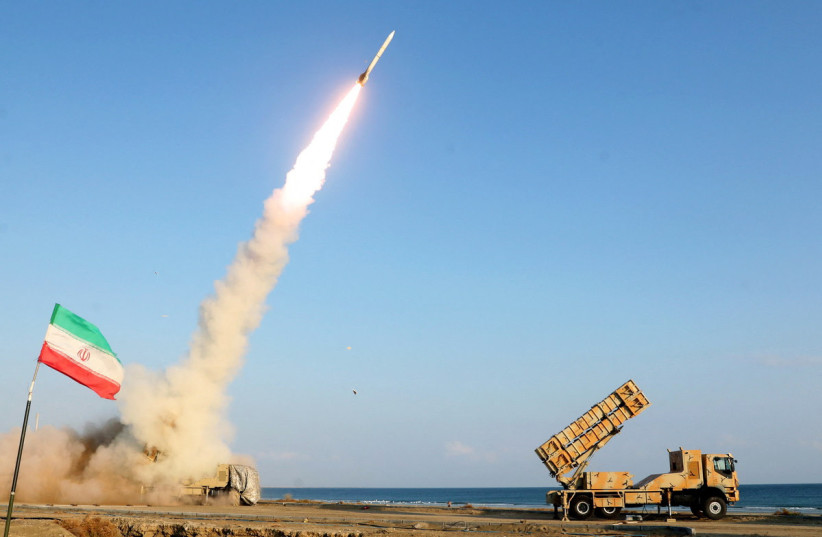What does it mean that Iran got caught close to weaponized uranium?

The IAEA leaked on Sunday that Iran had enriched uranium up to 84% – dangerously close to the 90% threshold to weaponize uranium.
Over and over again, we need to learn new terminologies and pierce the veil of smoke and mirrors to understand what is happening with Iran.
The world is back in this position again after the IAEA leaked on Sunday that the Islamic Republic had enriched uranium up to 84%.
What on earth does 84% mean?
Even for observers who closely follow uranium enrichment statistics, the cut-offs are usually 3%, 5%, 20%, 60% and 90%. But 84%?
So from one perspective, what 84% means is obvious – it is very close to 90% - the all-important weaponized level which Tehran has been approaching since April 2021, but carefully avoided crossing.
From another perspective, it is still under that magic number so it is unclear if it means anything at all.
However, some nuclear experts, like Institute for Science and International Security Director David Albright have previously written that even uranium enriched to the 60% level over the last two years could be improvised to make a less powerful, but still extremely dangerous, nuclear weapon.
For those who stand with Albright on this issue, 84%, while not 90%, has real significance in terms of increased major danger.
What were the ayatollahs hoping to achieve by this new jump?
This is even harder to say.
How close is Iran to producing nuclear weapons?
At the 20% and at 60% enrichment levels, Iran proudly proclaimed and acknowledged its new scientific advancement and prowess.
Yet, on Monday the Islamic Republic alternated between denying the whole story or with the message that if a small number of particles were accidentally enriched to 84%, this does not mean that the government chose to blow past the 60% ceiling it has observed for the last two years.
Given that Tehran has been so loud about its previous nuclear achievements, it is possible that it is telling the truth here.
Mistakes happen, and if they are in very small numbers and Iran agrees to downgrade the uranium particles in question in front of IAEA supervision, maybe this is a small blip.
This could also make sense since Iran has been practically begging to return to nuclear negotiations and is about to get hit by stronger EU sanctions and much deeper inflation.
But all of this is only from the narrow perspective of the last two years.
Before this time period, the Islamic Republic had a long history of concealing nuclear progress, lying about it when caught, and only much later admitting and trying to spin being caught, when it realized it had no choice.
Its major nuclear enrichment sites at Natanz and Fordow were both revealed against Iran’s concealment plans. And it still denies the validity of Mossad’s seizure of its secret nuclear archive – despite the spy agency bringing a huge volume of original documents back to Israel.
One very likely scenario is that the ayatollahs were trying to quietly enrich and hide a very small amount of uranium close to 90% to see if it could get away with. If it got away with it once, then maybe it would try again. Maybe at a later date, it would present crossing the 90% threshold as a fait accompli to try to prevent the world from reacting.
An even worse scenario would be that Iran is currently enriched to levels beyond 60% in multiple places, and that what the IAEA caught is just the tip of the iceberg. Previously, top Israeli and US officials have told the Jerusalem Post that there would be an aggressive policy shift against Iran if it ever crossed the 90% weaponized threshold.
At a minimum, this was expected to lead to a referral to the UN Security Council if not more covert, or even overt, kinetic actions against Iran.
There are no signs of such a shift around a day after this latest revelation.
This could be because the West and Israel are still deciding what has happened and what it means about Iran’s intentions, especially given estimates that its weapons group needs another 6-24 months to develop actually deliverable nuclear weapons.
Or it could mean that everyone has been caught again by the Islamic Republic unprepared for the next move.
Jerusalem Post Store
`; document.getElementById("linkPremium").innerHTML = cont; var divWithLink = document.getElementById("premium-link"); if (divWithLink !== null && divWithLink !== 'undefined') { divWithLink.style.border = "solid 1px #cb0f3e"; divWithLink.style.textAlign = "center"; divWithLink.style.marginBottom = "15px"; divWithLink.style.marginTop = "15px"; divWithLink.style.width = "100%"; divWithLink.style.backgroundColor = "#122952"; divWithLink.style.color = "#ffffff"; divWithLink.style.lineHeight = "1.5"; } } (function (v, i) { });


